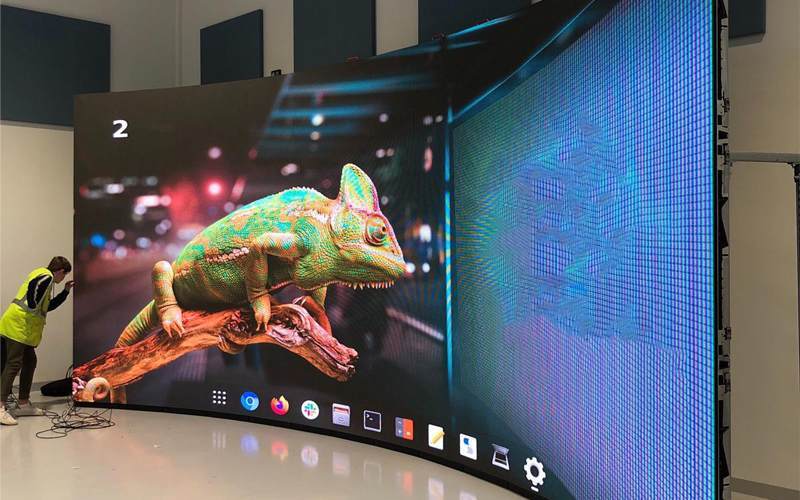Maximizing Aesthetic Effect Through Tactical Content Timing for LED Display Performance
Wiki Article
Maximizing visual effect throughout light-emitting diode screen shows requires careful planning and strategic content scheduling. LED walls represent potent instruments in graphic narration, frequently utilized in concerts, gatherings, plus displays. The efficacy of these screens relies not only only on the quality of the images yet additionally upon the manner plus when they are presented. By comprehending the audience's attention duration and the rhythm of the occasion, organizers can craft a more captivating encounter that enthralls viewers and enhances the overall performance.
One crucial element of strategic visual timing is timing. It is vital to synchronize the visuals with the rhythm and tempo of the show. For instance, during a music show, images should enhance the rhythm and atmosphere of the melody. This synchronization aids to forge a unified encounter that draws the audience closer. Additionally, it is important to consider the duration of each image segment. Brief, striking clips can sustain audience interest, while longer images may be suitable for moments of contemplation or emotional connection. By altering the duration and vigor of the visuals, organizers can keep the viewers interested during the performance.

Another crucial factor is the content in question. The images shown on the light-emitting diode wall should be pertinent to the concept of the show. This pertinence helps to strengthen the message being conveyed plus makes the encounter more unforgettable for the audience. For instance, if the show is about ecological consciousness, using images that depict nature and wildlife can enhance the message. Furthermore, incorporating lively features, such as motion graphics or interactive visuals, can introduce thrill and maintain the viewers' focus. The right content, presented at the right time, can significantly enhance the effect of the performance.
Audience engagement is also a crucial consideration in content timing. Understanding the demographics and preferences of the audience can guide the selection of visuals. For example, a younger crowd may react better to bright hues and quick motion graphics, while an older crowd might value more nuanced and refined images. By customizing the material to the viewers' preferences, event planners can craft a more tailored encounter that connects with spectators. Additionally, adding viewer led wall content management best practices involvement, such as live polls or social engagements, can further enhance engagement and make the performance more interactive.
Finally, evaluating the effectiveness of the content scheduling is essential for future performances. Gathering responses from the viewers can offer insightful information into what was effective successfully and what could be enhanced. This information can help event planners improve their approaches and make informed decisions for future performances. By constantly evaluating and modifying the visual timing approach, organizers can maximize the visual impact of light-emitting diode screen shows plus craft memorable encounters for their viewers.